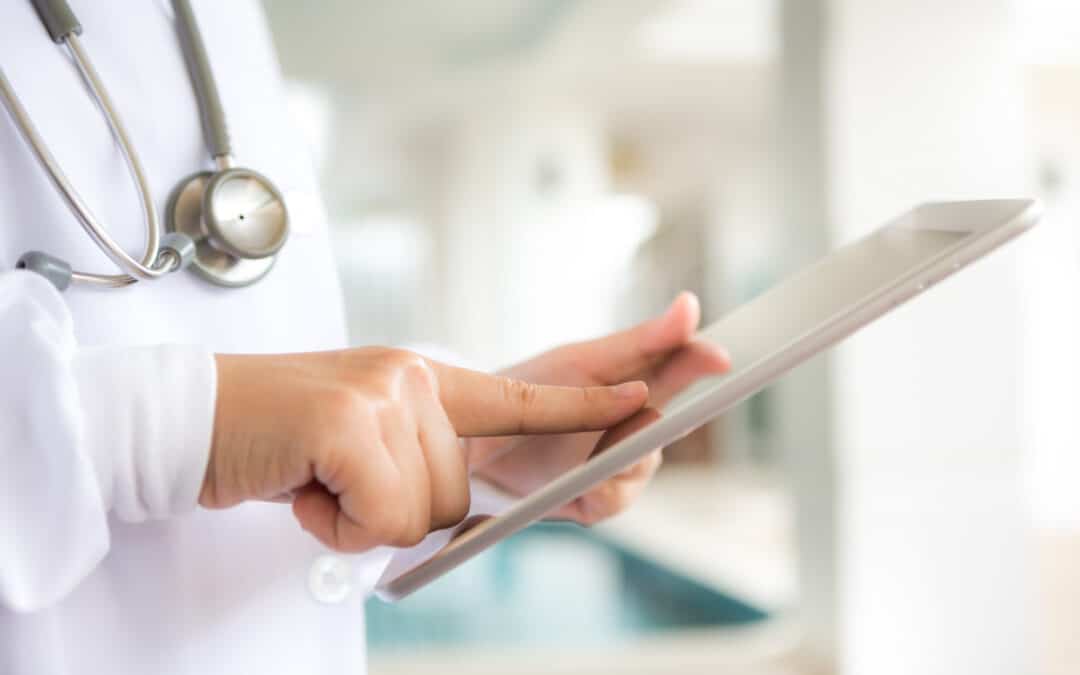In an era where convenience and instant access define our daily experiences, healthcare is undergoing a dramatic transformation. The gap between providers and patients—once marked by lengthy wait times, inefficient communication, and bureaucratic hurdles—is now being bridged by real-time digital solutions. These advancements are reshaping the patient-provider relationship, fostering better engagement, improved health outcomes, and a more seamless healthcare experience.
The Challenges of Traditional Healthcare Communication
For decades, healthcare has struggled with communication inefficiencies that impact both patients and providers. Among the major pain points:
- Delayed Responses: Patients often wait days or weeks for test results, feedback, or specialist consultations.
- Limited Accessibility: Scheduling appointments, seeking medical advice, or accessing personal health records can be cumbersome.
- Fragmented Care: Disconnected systems lead to miscommunication between different healthcare teams, affecting treatment continuity.
As healthcare demands grow, these inefficiencies create stress for both patients and medical professionals. Enter real-time healthcare solutions—a game-changer.
How Real-Time Technology is Transforming Healthcare
With the rise of AI, telemedicine, wearable tech, and secure communication platforms, healthcare providers are now engaging with patients in real time, enhancing accessibility, responsiveness, and trust.
1. Telemedicine and Virtual Care
Gone are the days of traveling long distances for routine check-ups. Virtual consultations enable patients to connect with doctors instantly via video calls, reducing unnecessary visits while ensuring timely medical advice.
2. AI-Powered Chatbots and Virtual Assistants
AI-driven assistants provide instant responses to basic health inquiries, appointment scheduling, and medication reminders, freeing up healthcare staff for more complex cases.
3. Wearable Health Devices and Remote Monitoring
Smart wearables track vital signs, detect anomalies, and send real-time alerts to healthcare providers. This enables proactive interventions, especially for patients with chronic illnesses.
4. Instant Access to Electronic Health Records (EHR)
With cloud-based EHR systems, patients and doctors can access medical histories securely and efficiently. This reduces redundancy, enhances collaboration, and ensures personalized treatment plans.
5. Real-Time Alerts and Notifications
Hospitals are leveraging mobile apps and automated messaging systems to provide instant updates on test results, appointment changes, or medication schedules, fostering better engagement and adherence.
The Future: A Patient-Centered Healthcare Ecosystem
As technology continues to evolve, the healthcare industry will prioritize patient-centric innovations that remove barriers to care. AI-driven diagnostics, 5G-enabled telehealth, and even predictive analytics will enhance preventive care, giving patients greater control over their health journey.
The future of healthcare isn’t just about technological advancement—it’s about accessibility, empowerment, and efficiency. By bridging the gap between providers and patients in real time, the healthcare experience will become more personalized, proactive, and seamless than ever before.


